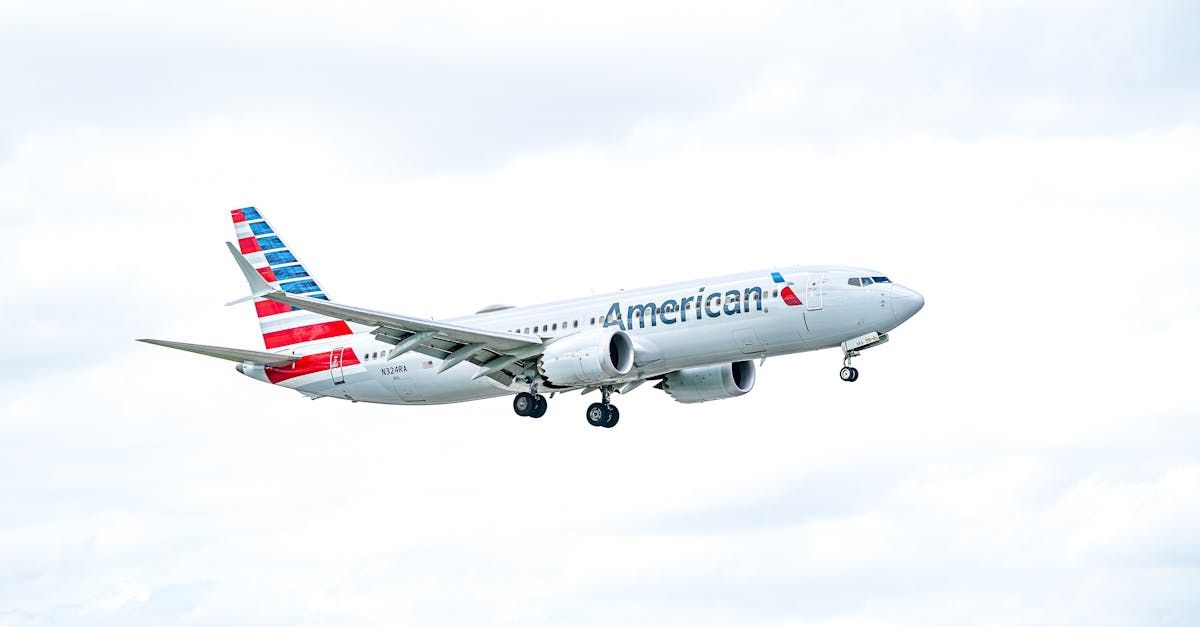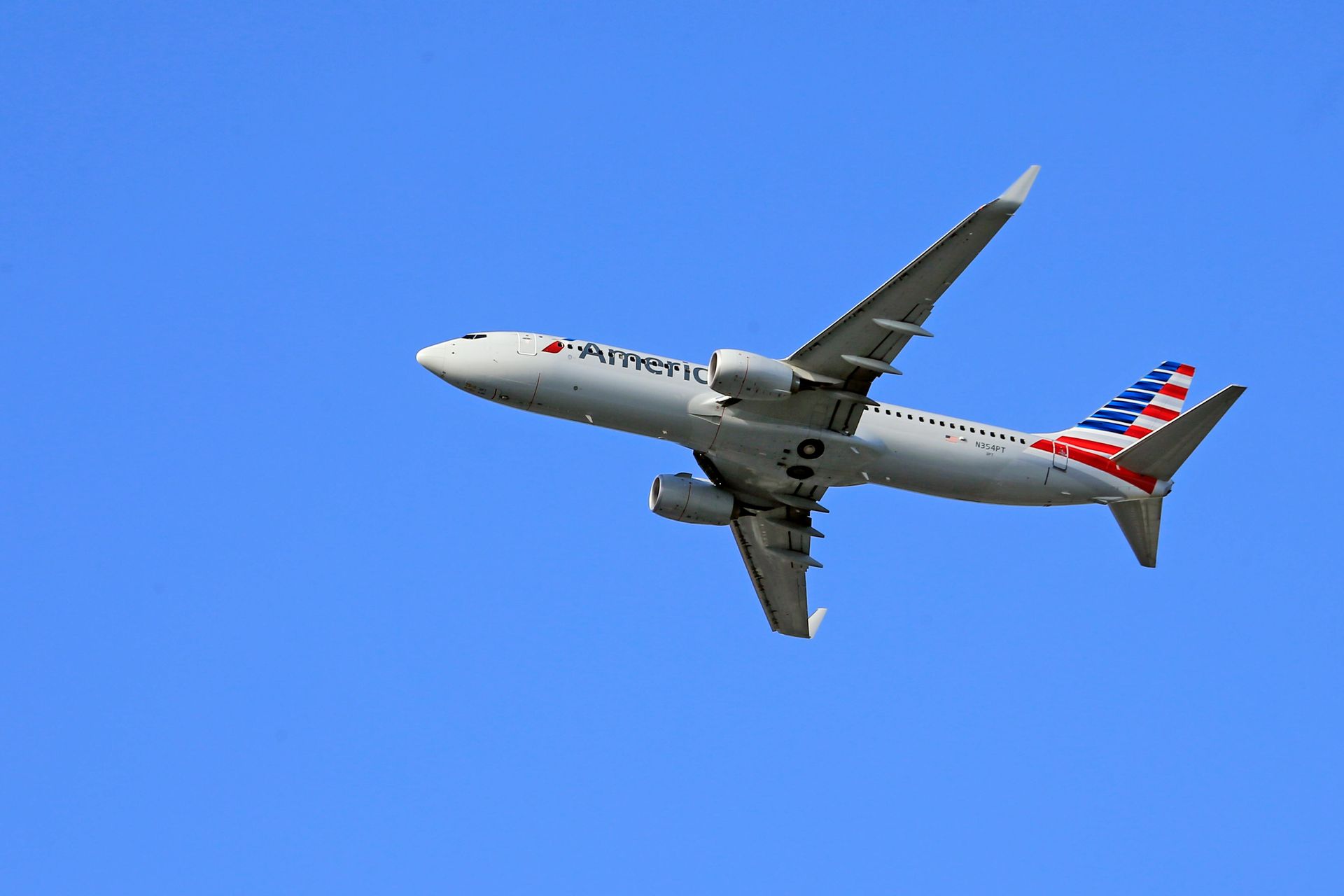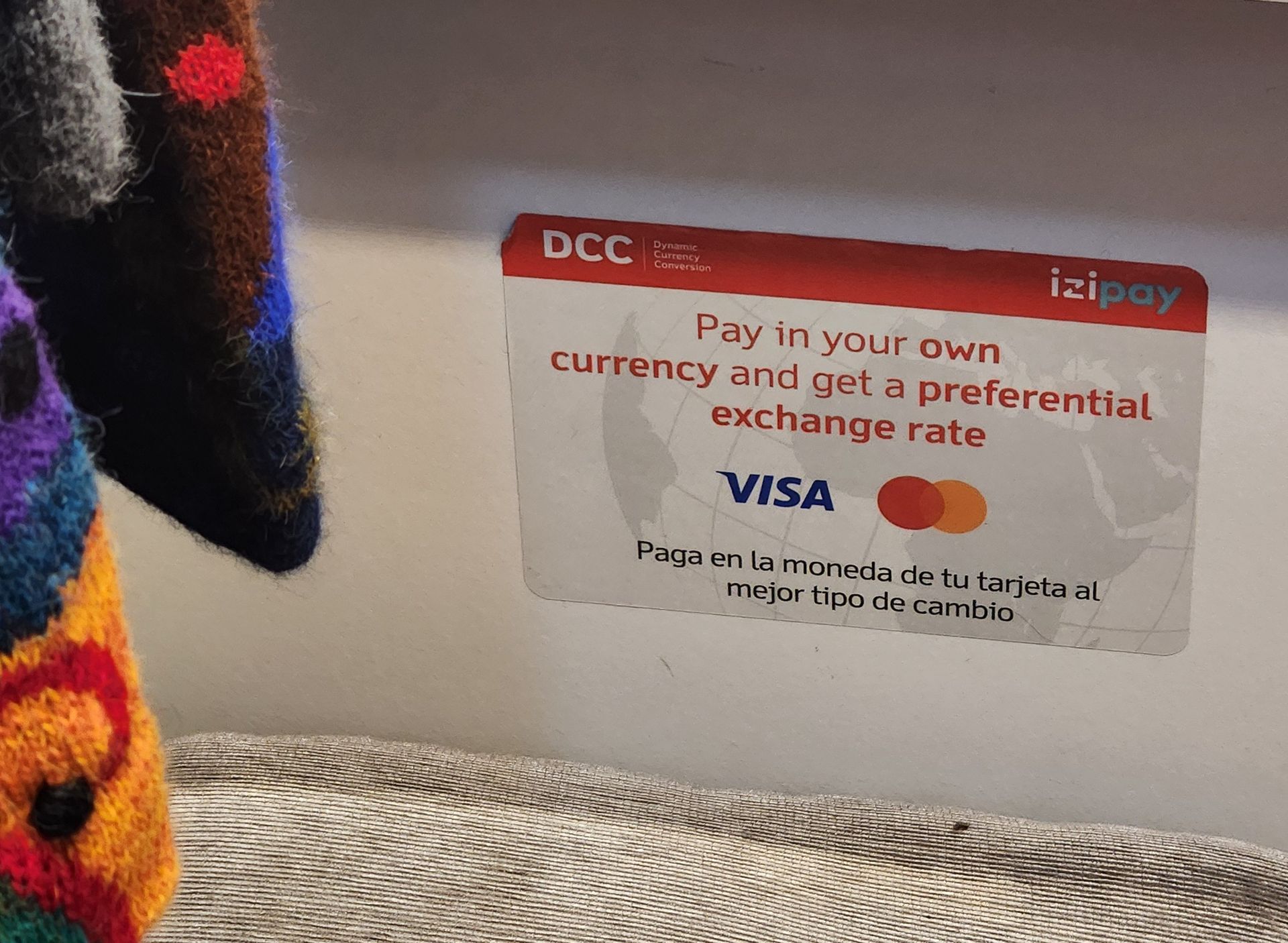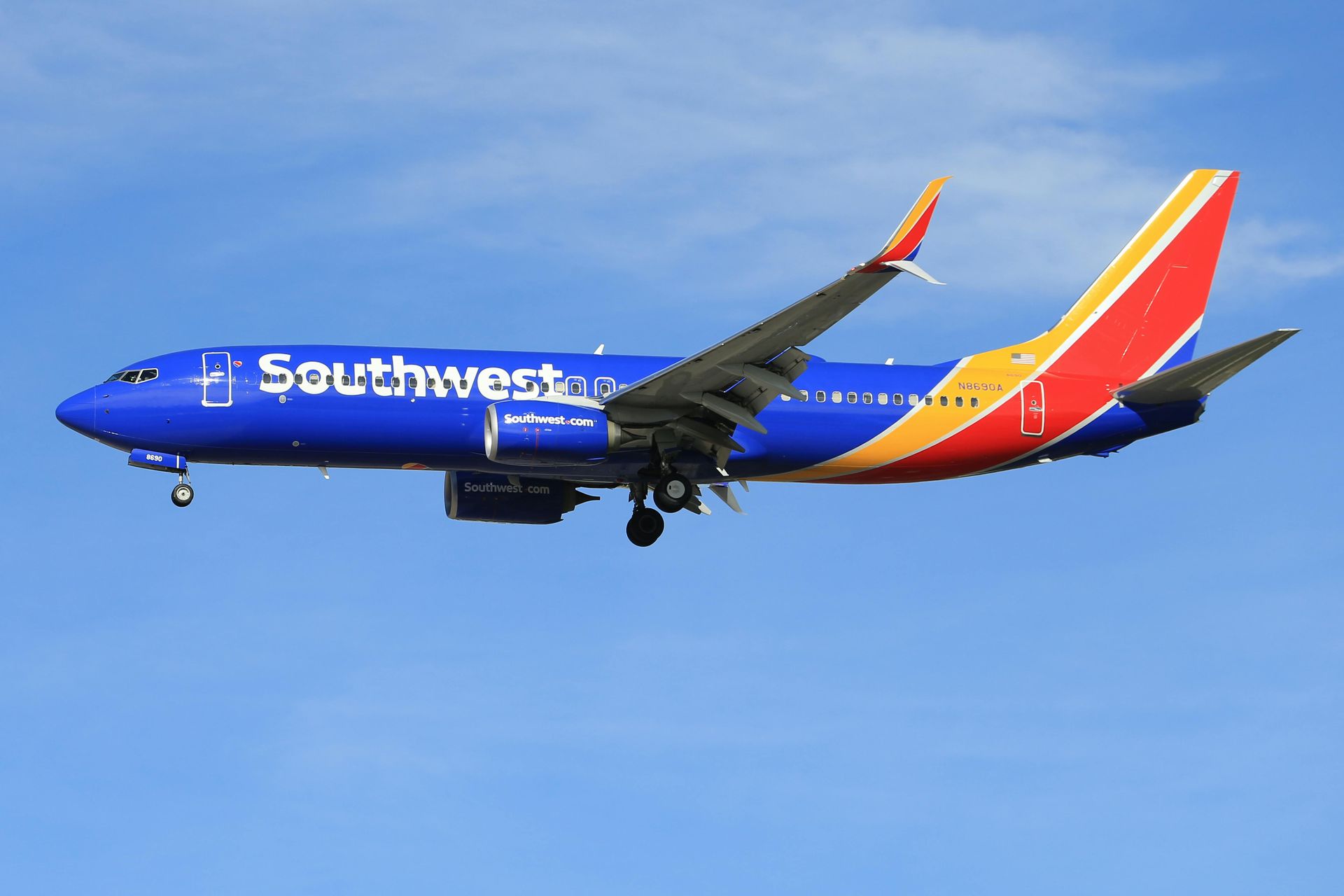The Lowdown on Credit Card "Upgrades"
In some cases, upgrading your travel rewards credit card can inhibit your accumulation of points or miles
Products or services are often offered as packages with hierarchies like “good, better, and best” or perhaps “gold, silver, and platinum.” Cars are sold with different trim levels that give you some latitude in your choice of features and accessories. Of course, as you move from more basic packages to packages with more features or services, you pay more.
Often, the different levels in the product or service build on one another. For example, if you buy the gold package, you get everything in the silver package plus additional services or features. If you choose the next trim level on a new car, you get all the features of the lower trim level, plus perhaps heated seats or a better sound system. You can then determine if the extra features or services that are included justify the cost of upgrading to a higher level.
Credit cards that offer travel rewards might or might not work like this. The card issuers generally offer three or four levels of credit cards for both their co-branded cards (which give you miles or points for specific airlines and hotels) and their flexible point cards. But, as you move from free cards to cards with annual fees of around $100 to luxury cards with annual fees of $500 or more, it is not safe to assume that the more expensive cards build on the features and capabilities of the less expensive cards.
A recent offer I received is a good example of how a “better” card would actually have a detrimental effect on my miles and points strategy.
I currently have an American Express Gold card and was offered an opportunity to “upgrade” to American Express’ Platinum card. The Amex Platinum comes with a broad range of benefits and discounts that are not offered by the Amex Gold card. But, at the same time, the annual fee for the Platinum card is $695 and the cost for each authorized user has recently been hiked to $195. (The current annual fee for the Gold card is $250 with no additional fees for authorized users).
It was clear to me that I could probably use enough of the Platinum card benefits to offset the steep annual fee. But, there was a more important consideration . . . the long-term impact on my points and miles strategy. The important distinction between the two cards is that, while both generate American Express’ Membership Rewards points, the bonus structures for the two cards are entirely different. The Gold card gives hefty bonuses for grocery and restaurant purchases (4 points per dollar) while the Platinum card gives excellent bonuses for air travel purchases (5 points per dollar). However, if you convert the Gold card to a Platinum card, you lose the bonuses for grocery and restaurant spending and only get one point per dollar spent. After factoring in the extra cost of an Amex Platinum card, and the opportunity cost of missing out on points from dining and groceries, this "upgrade" clearly did not make sense for me and Ms. Optimizer.
Certainly, if you spend a lot on air travel, the Platinum card might be a better choice (especially as many card benefits of this card such as lounge access are geared to people who fly). But, for people who spend more on food than flight, the Gold card is better for building your points and miles portfolio. Of course, picking up both is an option, but you need to make sure the benefits and potential accumulation of points justify paying American Express almost $1,000 every year.
To return to the car trim level analogy, if you opt for a more expensive trim package, the sound system might be better, and you can enjoy the heated seats on a chilly morning. But, essentially, you are still driving a car. With some credit cards, however, upgrading to the next level (or downgrading to a lower fee product) might be giving you a fundamentally different card with respect to your miles and points strategy.
When we create a Travel Rewards Optimizer plan for clients, this is one of the many issues we take into consideration. Travel rewards credit cards issuers offer a broad range of products and their offerings change frequently. But, we stay on top of this constantly changing landscape so the plans we create will help you reach your travel goals as quickly and efficiently as possible.
We are ready to help you turn your routine credit card spending into the travel of your dreams.











